November Gardening Advice for Manchester – 2015
by Jennifer Fairfield
Editor’s Note: Manchester resident, Jennifer Fairfield, owns and operates the Garden Mill in Chelsea, serves on the Manchester Community Garden Committee, and volunteers with the school gardens at Klager and the MECC.
It may not seem like winter is coming, based on the forecast for this week (70’s!), but it’s bound to eventually, so we should prepare for it!
Vegetable Garden –
- It’s time to clean out the garden, sad as that may be. If you had issues with disease, throw out those plants – cold-weather composting doesn’t generally produce enough heat to kill off any diseases – but definitely compost everything else.
- Pull weeds to reduce the numbers in the garden next spring. Doing a light tilling to expose weed seeds and insects to hungry birds will also cut down on these problems in the spring.
- Consider sowing a cover crop, such as annual rye, to help prevent erosion and to add organic matter and nutrients back into the soil in the spring. Alternatively, add compost to the garden to help improve the soil and add nutrients.
- Plant spinach now for an early crop in the spring.
- If you are leaving perennials such as thyme or sage in your garden over the winter, give them a good layer of mulch.
- Consider doing a soil test now so that you are ready to make any adjustments to the soil that are necessary in early spring.
- There is still time to plant garlic!!
Flower Beds –
- There is also still time to get spring-blooming bulbs like tulips, daffodils, crocus and hyacinths in the ground. You can plant them up until the ground has frozen.
- When your annuals are finished for the season, pull them out and compost them. Pull weeds out of your beds to give you a head-start on spring.
- Once the soil has cooled down, add mulch to your flower beds. A layer of about 3 or 4 inches of mulch will help protect roots from temperature fluctuations throughout the winter.
- You can cut back perennials and ornamental grasses once they have gone dormant, or leave them until spring. I prefer to leave mine up, partly because standing grasses and flowers can catch drifting snow and leaves and hold them in place. I also like the look of the plants in the snow – it breaks up the vast expanses of white. Additionally, the plants can provide a place for overwintering beneficial insects and birds. However, if you had any diseases in your garden this year, cut back the foliage or pull the plants now and discard them to reduce disease risk in spring.
- Keep watering your plants, whenever we are not getting at least an inch of rain per week, until the ground freezes.
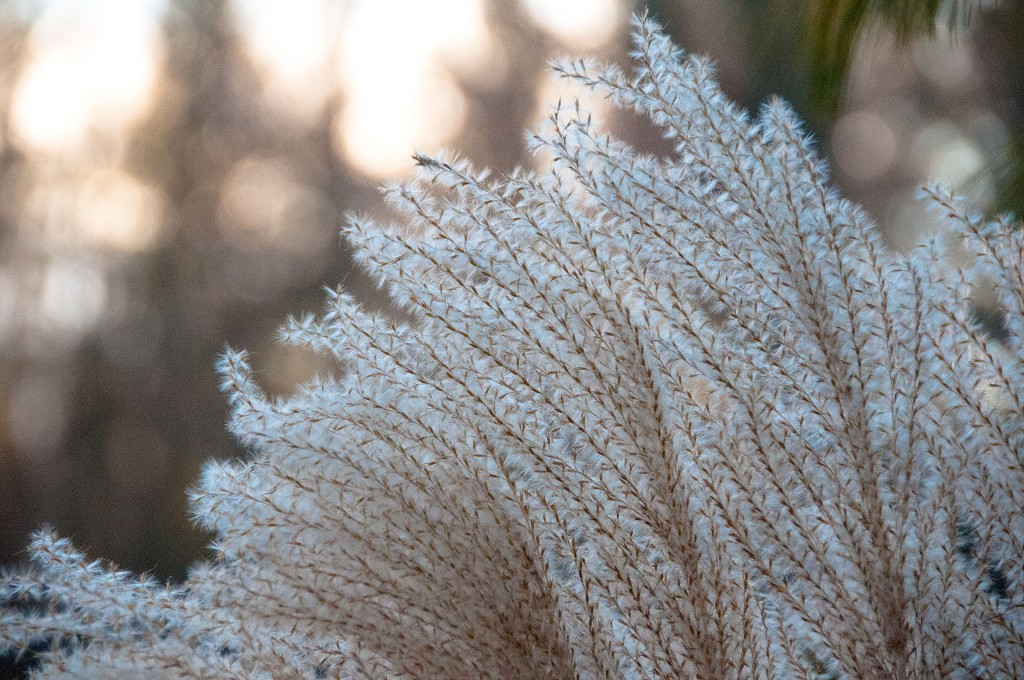
You can cut back ornamental grass like this winter miscanthus, or leave it provide visual interest in your winter garden.
Trees –
- Also water your trees and shrubs until the ground freezes. The last two winters were absolutely brutal on them, and making sure they are sufficiently watered going into winter this year can help them continue to recover from those assaults as well as help prevent further injury.
- A good layer of mulch will also help your trees and shrubs get through winter.
- Protect your evergreen trees and shrubs with a barrier built with burlap or other heavy-duty fabric. The University of Minnesota extension has some additional information on protecting trees and shrubs from winter weather.
- Don’t let the warmer than usual temperatures tempt you to do last-minute pruning. Pruning at this time of year could do more damage than good.
Lawn and Leaves –
- We should pretty much be finished with mowing now, since we did get some pretty hard frosts mid-month last month. But with the warmer than usual weather this week, it is possible there’s still some grass growing. If you are doing any more mowing, be sure to lower the cutting height so that your grass isn’t too tall going into winter.
- Mow up your leaves and mulch them into your lawn unless, as I discussed last month, your leaves were showing signs of disease this summer. If that’s the case, consider disposing of them to minimize the risk of disease returning next year.
Tools –
- Clean, dry, sharpen, and lubricate your garden tools, including shovels before you put them away so they’ll be ready for all the hard work you expect them to perform in the spring.
- When you are done watering your trees, shrubs, and flower beds for the season, empty your hoses, roll them up, and tie them before hanging them up for the winter. I have found that using a round trash can or rain barrel to wind the hose around makes it much easier to get them rolled up. Connect the ends of each hose to keep spiders and other creatures from using them as nesting places. If you put all of your sprinkler heads and wands all in one place, you’ll have an easier time finding them all in the spring. If you have rain barrels, empty them and put them away when we start getting consistent freezing temps, too.
Birds –
- One sign that colder temps are truly heading our way eventually is the appearance of Dark-eyed Juncos (often called “Snow Birds”). These birds spend most of the year much farther north, and when the cold starts to set in where they are, they head south. I had a whole bunch of them show up in my yard last week, which made me a little worried that the weather guys were wrong about it being warm the next little bit. Often southeastern Michigan is as far south as some of them go, so it’s likely these guys will stick around.
- Leave your birdbaths out as long as possible to provide your birds with a sources of fresh water. You can help birds get through winter better by putting a de-icer into your birdbath, or buying a heated birdbath to keep the water from freezing when the temperatures do start falling.
- If you haven’t been feeding the birds all summer, do start feeding them now. As it gets cold, the main source of food for birds – insects – are no longer available, so they need easy sources of protein to help them get through the cold days and nights.
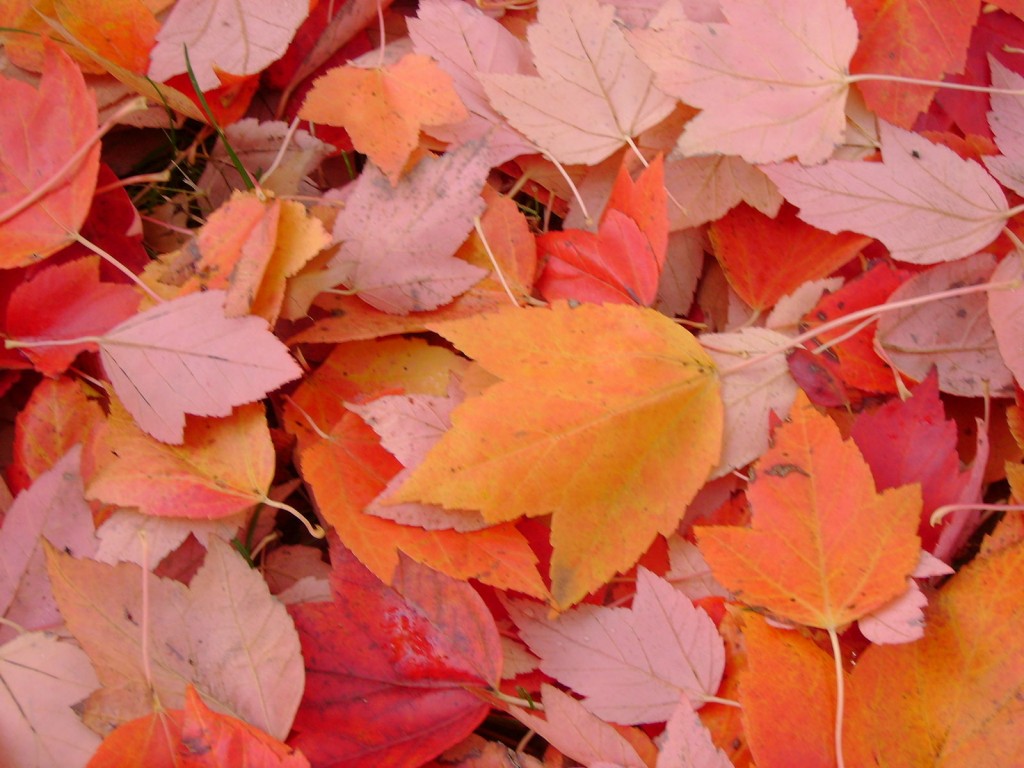
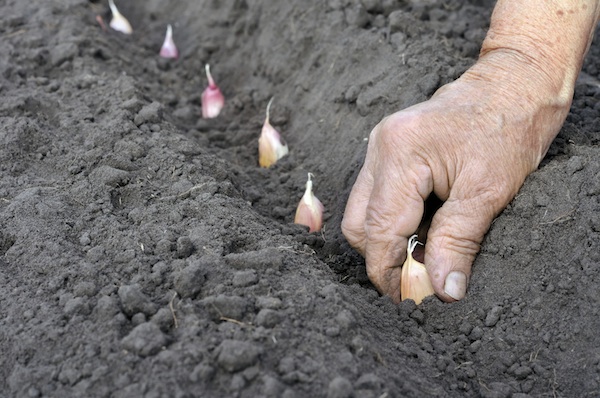
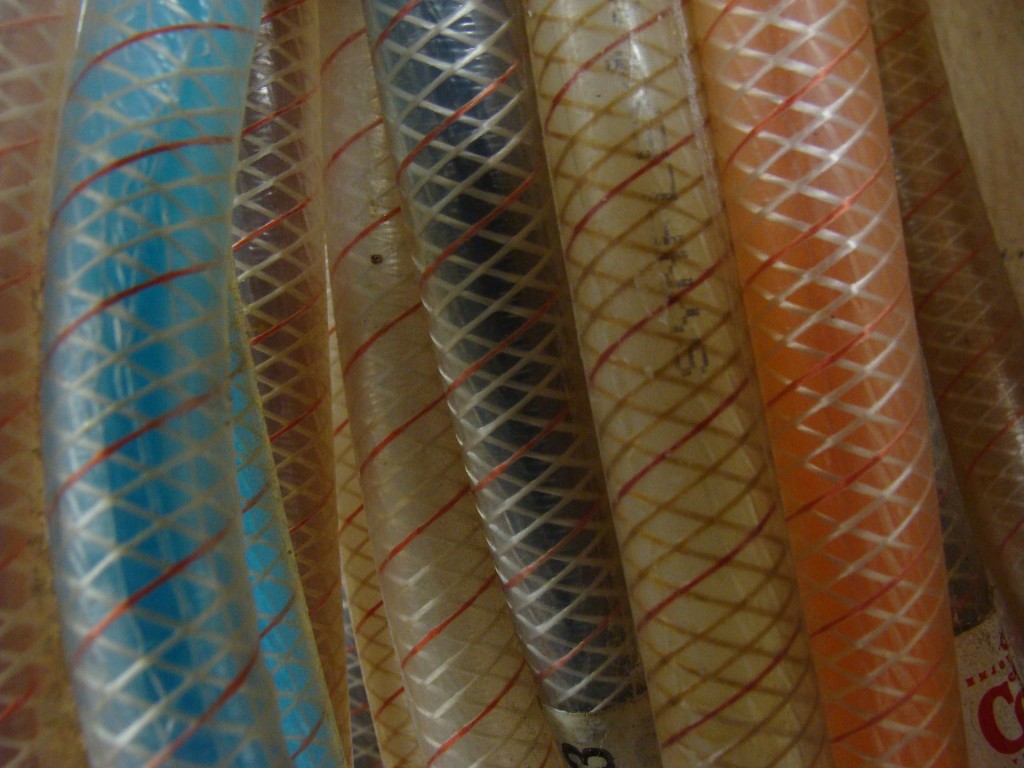
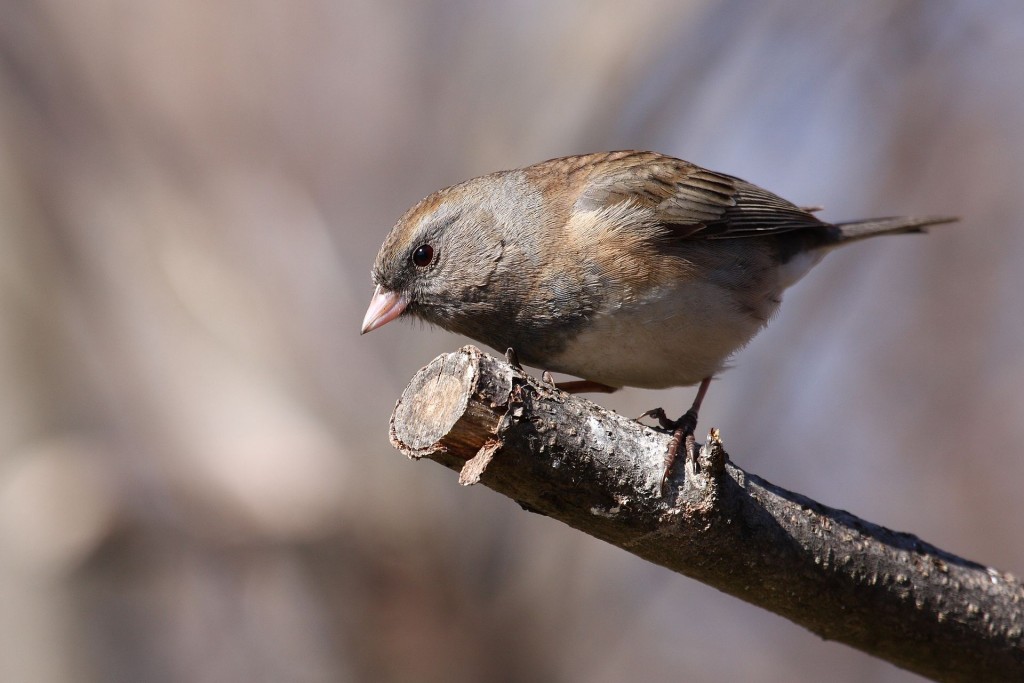










You must be logged in to post a comment Login